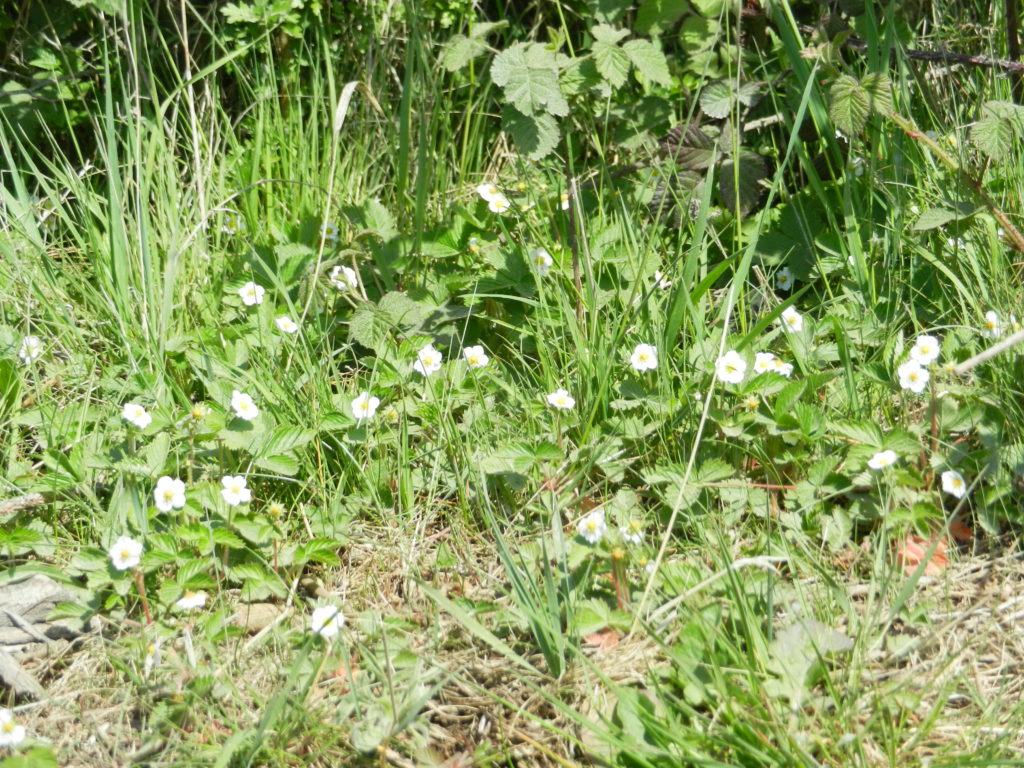
The classic changes of autumn are slow to unfold this year. Horse chestnut trees, their leaves changing to russet brown in late August, are still clinging on to quite a lot of their dry brittle leaves. The beech tree (near me) seems to still have a dense leaf cover although the leaves have have turned browny orange. Although beech tree leaves are quite small they mostly seem to fall vertically resulting in the leaf cover below the tree extending as wide as the tree itself but no further, this partly explaining why there is little undergrowth in beech woodland as the dense leaf cover at ground level swamps-out any generation at ground level. This point also explains why some areas of grass are raked in early winter (e.g. crown green bowling greens) as ground cover leaves damage surface grass until the leaves decompose. That said, a covering of fallen leaves can act as a blanket for ground cover plants during early winter frosts. Earthworms gradually draw fallen leaves into the topsoil, this benefitting fertility, so the more dense the population of earthworms the better.
However, the ash trees of my locality, normally considered the last to shed their leaves, are losing leaves rapidly at the moment. To what extent these changes are a result of climate change I cannot be sure but clearly old yardsticks are breaking down. Indeed, the rate and time of the year when a tree sheds its leaves may well now vary one locality from another, even one tree from another, depending upon aspect, rainfall, temperatures and sunlight. It seems to me, this year anyway, that young trees shed their leaves earlier and quicker than their species older generation.
Certainly one relevant factor is that there have so far been only two trans-Atlantic storms to wrench the leaves from their leaf joints, the second one, storm Ceiran(?), having little impact on this region.
Above – a group of wild strawberries in flower on a mound of loose chalk rock.